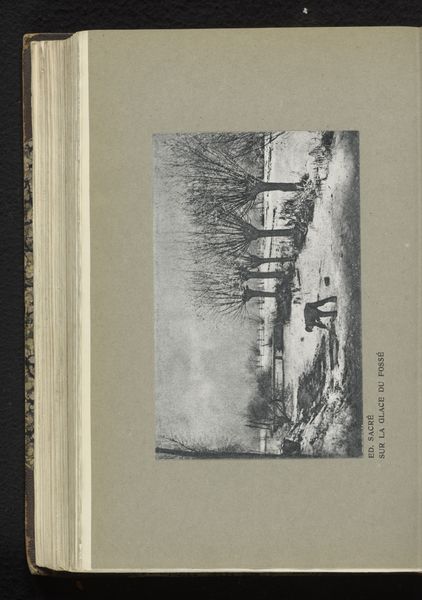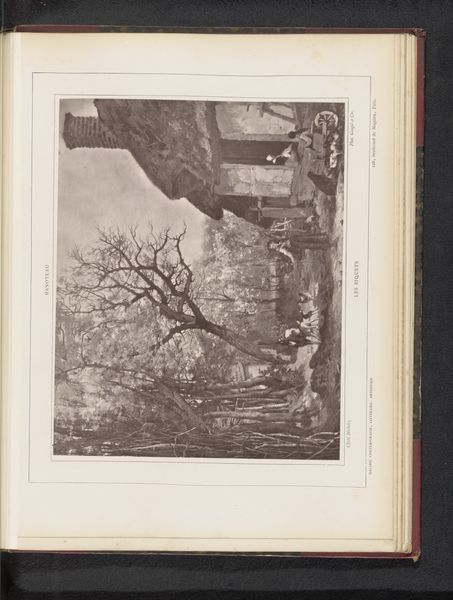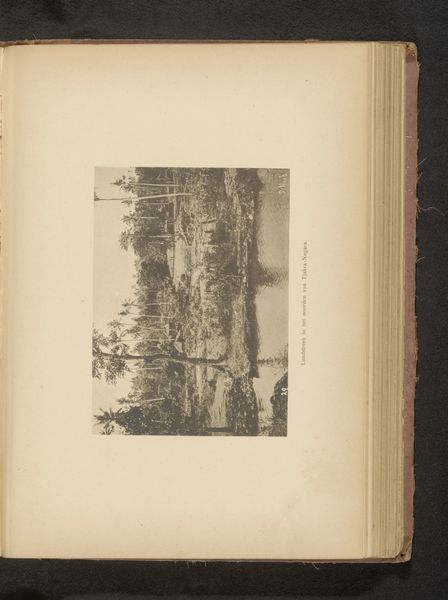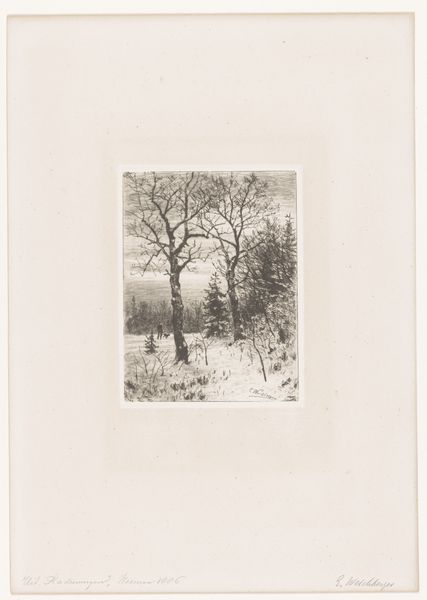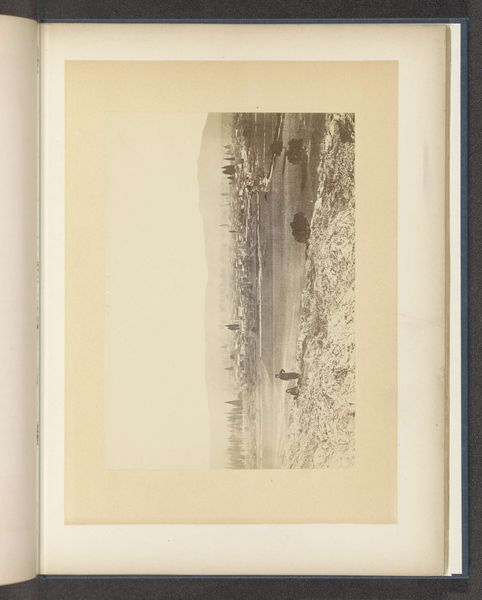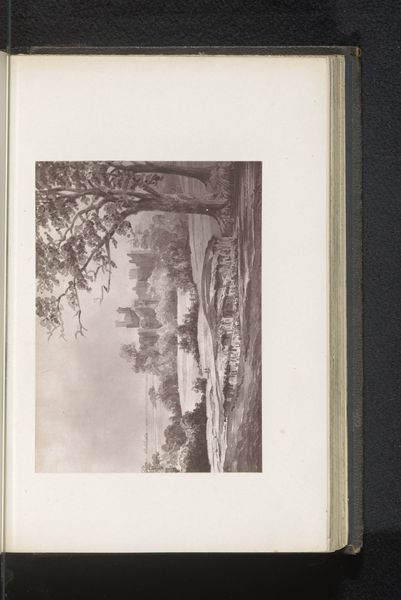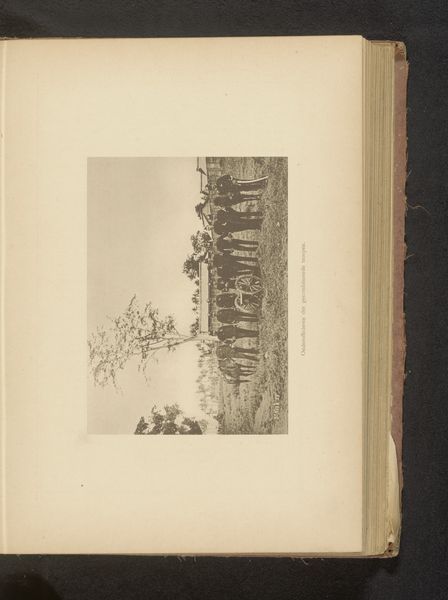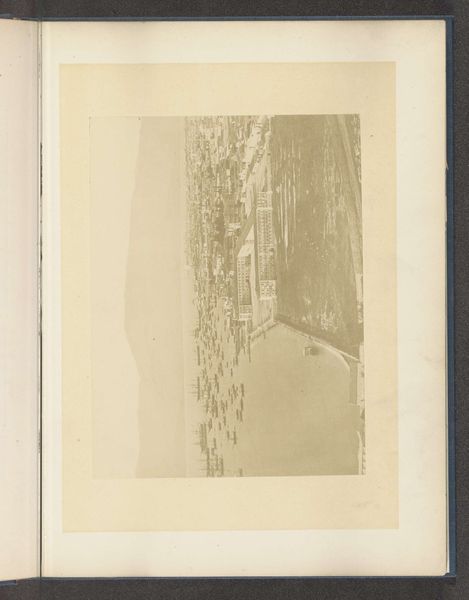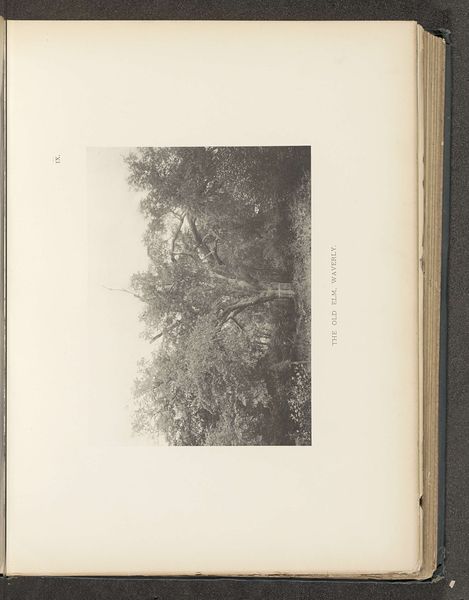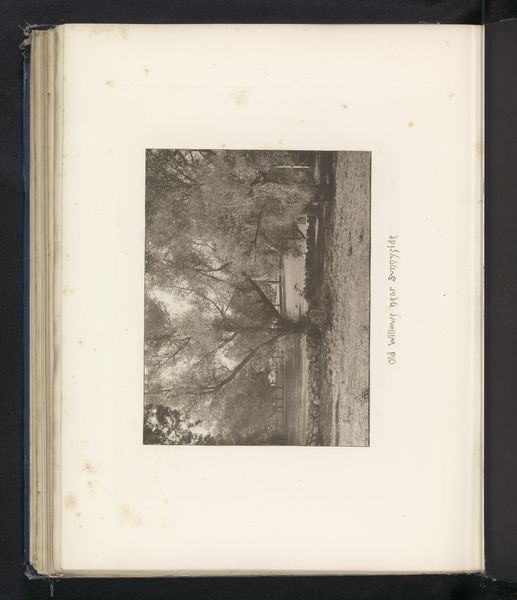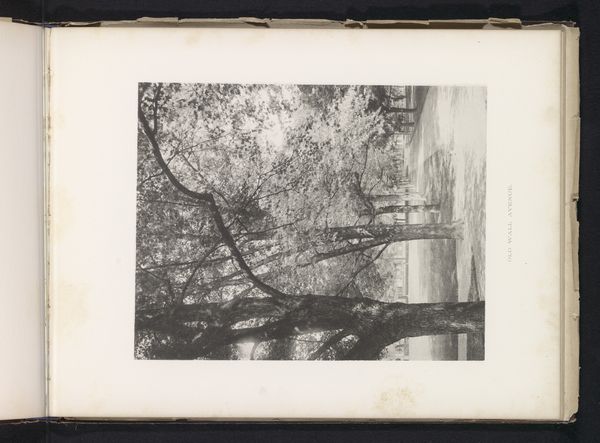
print, photography
# print
#
landscape
#
photography
#
coloured pencil
#
orientalism
Dimensions: height 120 mm, width 168 mm
Copyright: Rijks Museum: Open Domain
Frederick Saint John Gore created this photograph, titled 'The Chinár trees at Shalozán', using a dry-plate process. The image invites us to consider the complex interplay between landscape, culture, and colonial power in late 19th-century British India, now Pakistan. Gore's photograph captures a scene in Shalozán, highlighting the region’s distinctive Chinár trees. These trees were often associated with the Mughal empire and were seen as symbols of power and prestige. As a British artist working in India, Gore's work was shaped by the prevailing social, political, and economic structures of the British Raj. His photographs often reflect the aesthetic values and ideological perspectives of the colonial regime, but they also document the cultural landscape of the region during a period of significant transformation. Understanding the social and institutional context in which Gore produced his art requires archival research. By examining historical records, we can gain a deeper understanding of the power dynamics at play in the creation and interpretation of such images.
Comments
No comments
Be the first to comment and join the conversation on the ultimate creative platform.
